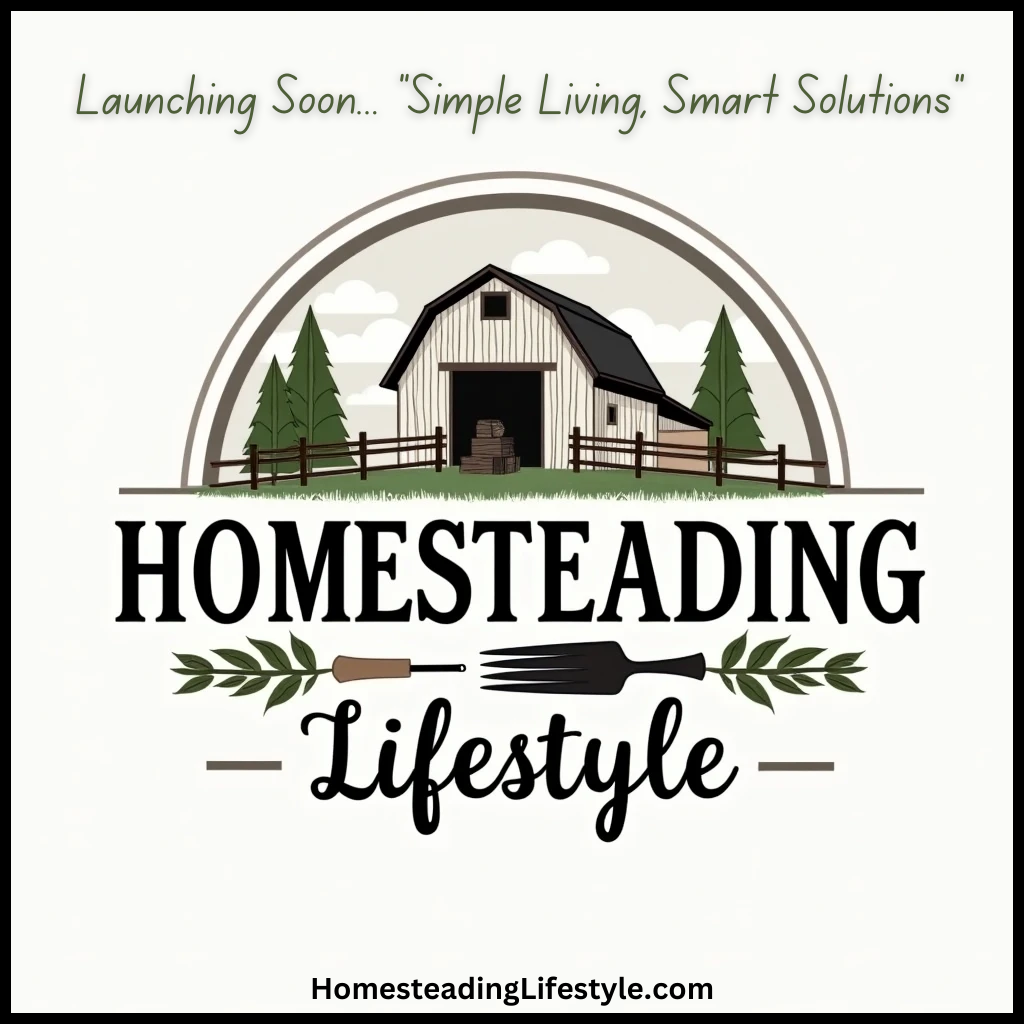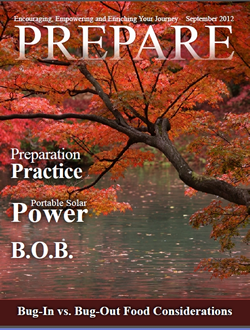1. Sustainable Wood Options
Understanding Different Types of Wood
When diving into natural building materials, one of the first things I explored was the various types of wood. Different species offer different strengths, aesthetic qualities, and ecological impacts. Generally, hardwoods like oak and maple are known for their durability, while softwoods such as pine and cedar are lighter and easier to work with.
In my experience, the choice heavily relies on the building purpose. For instance, if you’re crafting furniture or structural beams, hardwood may be the way to go. But for smaller projects like garden beds or sheds, softwoods often work perfectly too, and they tend to be more budget-friendly.
Then there’s the question of sourcing. I realized that going for locally sourced wood not only supports the local economy but also cuts down on transportation emissions. Visiting local sawmills or community timber yards has been enlightening – you often find beautiful, unique pieces that are just waiting to be turned into something wonderful.
Embracing Reclaimed Wood
If you’re anything like me, you probably love the charm that reclaimed wood brings. It tells a story! Not only is it eco-friendly since you’re reusing materials, but it also adds character and warmth to any homestead project.
In my journey, I’ve come across reclaimed wood beams salvaged from barns and even old factories. Each piece has its own history – from nail holes to rich patinas. Incorporating reclaimed wood into my builds has not only saved me money but has also sparked conversations about sustainability among my friends and family.
However, it’s crucial to ensure that reclaimed wood is safe and free from any toxic treatments. When purchasing, I always ask about its history and recommend getting any nails or hardware removed beforehand, just to keep things safe and tidy.
Preserving Wood Naturally
Maintaining wood’s longevity is another big lesson I’ve learned. Natural finishes like linseed oil or beeswax can work wonders. They protect the wood while enhancing its beauty without the harsh chemicals found in conventional finishes.
I’ve started using these natural products in many of my projects, and the difference is phenomenal. The wood not only looks great but holds up well against moisture and pests too. It’s a win-win situation!
Plus, applying these finishes can be a labor of love. There’s something therapeutic about sanding down wood and applying a fresh coat, knowing you’re keeping the material as natural as possible. It’s a part of the process that really connects me with the project.
2. Earth-Based Materials
Mud and Clay Construction
One of my most exciting ventures was experimenting with mud and clay. Earth isn’t just for gardening; it can also be a sturdy construction material! I remember the first time I tried making adobe bricks. It felt old-school, almost primal, but the results were fantastic.
Building with clay has its challenges – humidity and drying times can be tricky. But once you get the hang of it, it’s incredibly rewarding. The tactile nature of mud mixing with straw creates a connection to the earth that modern materials can’t replicate.
And let’s not forget about thermal mass. Clay structures have a natural ability to maintain temperature, helping keep your homestead cozy in the winter and cool in the summer. I found that constructing even small structures using this technique can revolutionize your energy conservation strategies!
Natural Plaster Techniques
Once I started working with clay, it felt only natural to explore plaster techniques. Natural plaster, made with lime and clay, is another fantastic way to beautify and protect your walls. It allows walls to breathe, which is vital for reducing damp and ensuring good air quality indoors.
Applying natural plaster can be a learning curve but totally worth it. I remember the first time I finished a wall. It was messy, and I might have gotten more plaster on myself than on the wall, but seeing the final product was a huge high! The texture and warmth just make any space feel so inviting.
Additionally, using natural plaster means you’re not contributing to the toxic fumes often found in synthetic products. It’s empowering to know that my home includes materials that are not just sustainable but also promote a healthier indoor environment.
Creating Cob Structures
Cob is one of those materials that captures my imagination. It’s a mixture of clay, sand, and straw. The process of molding cob into walls gives such a sense of accomplishment. I remember my first cob project – a small seating area outside. It was such a fun community effort!
The beauty of cob is that it allows creativity to flow. You can shape and mold it into rounded forms, which not only look amazing but can lead to super efficient thermal insulation. It’s like building with clay but on a whole new scale!
One note of caution: timing is everything. Working with cob during the right temperature and humidity can really impact the drying and durability of the structure. The learning was a journey, but such a rewarding one!
3. Natural Insulation Materials
Straw Bale Insulation
I can’t sing enough praises for straw bale insulation. It’s been a game-changer in my builds. Straw bales are not only sustainable but they also offer excellent insulation properties due to the trapped air within the straw.
Working with straw bales has its quirks, mainly with moisture management. Ensuring they’re kept dry and free from pests is crucial, but if done properly, they can last decades! I’ve found the best way is to create a protective barrier around them using lime plaster.
Moreover, the sheer ecological impact of using straw – a byproduct of grain harvesting – can’t be overlooked. It’s an affordable insulation option that’s kind to the planet. Who doesn’t love saving money while being eco-friendly?
Sheep’s Wool Insulation
Let’s talk about wool. It might sound like a quirky choice, but sheep’s wool has some incredible insulating properties. It can absorb moisture and regulate air quality, keeping your homestead cozy and healthy.
My first encounter with wool insulation was when a friend introduced it to me. It was softer than I imagined, and the process of installing it was surprisingly straightforward. I remember feeling proud, stuffing those wool batts into the wall cavities with ease!
Another aspect that I appreciate is that wool is a renewable resource. It’s fantastic to know that I’m using something natural and sustainably sourced. Plus, I’d argue there’s something comforting about the idea of having natural fibers in your home.
Bamboo Insulation
Bamboo has become a bit of a celebrity in the natural building material realm. Its rapid growth rate makes it a sustainable choice. Plus, it’s lightweight yet incredibly strong! Using bamboo for insulation offers some great alternatives to traditional materials.
I remember building my first bamboo panel. It was a learning curve working with the right fastening techniques, but once itu get the hang of it, it’s a breeze. And talk about versatile! You can use it in everything from walls to roofs.
One of the standout benefits is its ability to perform well against moisture and humidity. Think about it – using a natural material that stands up to the elements? That’s a win in my book. I’m all about maximizing efficiency while staying eco-conscious!
4. Natural Roofing Materials
Thatch Roofing
Let’s dive into one of the older roofing methods – thatch. It might seem dated, but when I tried it during a recent renovation, I fell in love with its rustic charm. Thatch made from straw, reeds, or grasses offers awesome insulation and is surprisingly weather-resistant.
One of the coolest things I learned is how sustainable thatch can be when sourced responsibly. It’s biodegradable and integrates beautifully with the surrounding environment. While some might scoff at its practicality, for me, it’s about aesthetics and eco-friendliness.
However, thatch roofs require maintenance, especially to ensure they stand the test of time. Regular checks for signs of wear and tear can save you a headache, but ultimately, the beauty it brings is worth the fuss!
Green Roof Systems
Now, if you want something a bit more modern, consider green roofs. It’s like a live garden on your roof! I’ve seen them transform urban spaces and, frankly, they look stunning. Plus, they offer excellent insulation and help manage rainwater.
The installation can be a bit more intricate, but the rewards are enormous. Not only will birds and bees love visiting your roof, but the green space contributes to reducing urban heat islands too!
People often ask about maintenance, and while there is some, I’ve found that incorporating native plants makes it a breeze. They require less watering and acclimatize to the local climate better.
Metal Roofing
I never thought I’d be a fan of metal roofing, but I have to say, it’s a practical choice I’ve come to appreciate. Durable, weather-resistant, and often recyclable, metal roofs are quite appealing. Plus, they last a lifetime, making them a cost-effective option!
Installing metal roofing can be a little tricky for novices, but once you get the techniques down, it’s rewarding. I had a few friends help me out, and we had a great time. The sleek look of a completed metal roof is quite satisfying!
What I love most is that they often come in various finishes and styles, allowing you to personalize your home while still being mindful of your carbon footprint. It’s a great balance of modern aesthetics and sustainability.
5. Finishing Touches with Natural Materials
Natural Paint and Finishes
I never knew how impactful choosing natural paints and finishes could be until I switched over. Traditional paints can release VOCs, but natural options are not just healthier for you but for the environment as well. I found myself experimenting with milk paint and natural oils for a beautiful finish.
Milk paint is entirely non-toxic and easy to make! I had a blast mixing it up in my kitchen. It’s not only better for your lungs but offers a unique matte finish that’s simply beautiful. Plus, you can mix pigments for custom colors.
As for oil-based finishes, I’ve started using natural oils that not only protect wood but leave a lovely sheen. They bring out the natural grains while keeping things aesthetically pleasing and safe. As a bonus, you can feel good using fewer chemicals around your home!
Natural Flooring Choices
Flooring can make or break a space. I’ve experimented with various natural flooring options, from bamboo to cork, both of which offer unique benefits. Bamboo is beautiful, durable, and sustainable, while cork is a delight to walk on and also helps with sound insulation.
Working with these materials breathed new life into my homestead. The warmth and texture of natural flooring do wonders for the feel of a home. I once installed cork flooring in my kitchen, and the difference was instantly noticeable – it feels so nice underfoot!
Another beautiful option is hardwood. While it can be pricier, sourcing directly from local suppliers can be much more eco-friendly and responsible. Watching a room transform with a new floor is always a thrill!
Gardens and Landscaping
Finally, let’s chat about landscaping with natural materials. I’ve started using materials like stone, wood chips, and native plants to create organic spaces around my homestead. It integrates beauty and sustainability in such a seamless way.
One of my favorite landscaping practices is creating paths with natural stone. It’s appealing and durable, giving your garden that old-world charm while being functional. Plus, it helps with drainage in wet weather!
You can also use wood chips as mulch. Not only does it help with moisture retention, but it steadily breaks down to nourish your soil. And who can resist the sight of a beautifully landscaped space filled with native flowers and grasses? It’s a win for you and local wildlife.
Frequently Asked Questions
1. What are the best natural materials for building a homestead?
The best natural materials can vary, but I’ve found that sustainable wood, earth-based materials like clay and straw, and natural insulation options like wool or straw bales work wonderfully!
2. How do I ensure the sustainability of the materials I choose?
I recommend sourcing materials locally and researching their environmental impact. Prioritize materials that come from renewable resources and have a low carbon footprint.
3. Are natural building materials cost-effective?
While some natural materials may initially seem pricier, many are actually budget-friendly in the long run due to durability and availability, especially if sourced locally or as reclaimed materials.
4. How do I maintain structures made with natural materials?
Maintaining natural structures often involves regular inspections and some upkeep, like reapplying natural finishes or checking for weather damage, but it’s typically less intensive than synthetic materials.
5. Can I really do this myself, or do I need a professional?
You absolutely can! Many natural building techniques are DIY-friendly. However, depending on the complexity of your project, some basic construction knowledge or professional advice can be beneficial.





